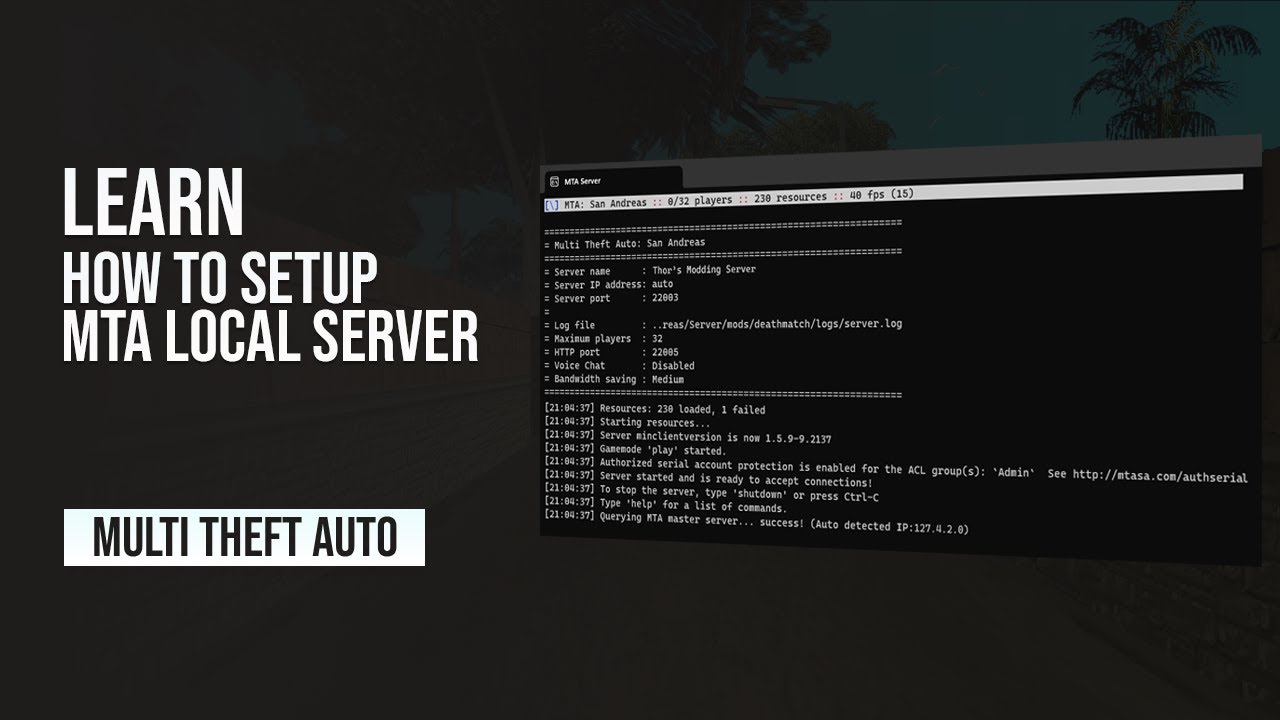How to Set Up Your MTA (Mail Transfer Agent)
Setting up your Mail Transfer Agent (MTA) is a crucial step in ensuring that your emails are delivered successfully. Whether you are a small business owner or a system administrator, it is important to configure your MTA properly to avoid issues such as emails bouncing back or being flagged as spam. In this guide, we will walk you through the process of setting up your MTA effectively.
1. Choose the Right MTA
The first step in setting up your MTA is to choose the right one for your needs. There are several popular MTAs available, such as Postfix, Sendmail, and Exim. Consider your requirements, such as the number of emails you send daily, your budget, and the level of technical expertise you have when selecting an MTA.
2. Install and Configure Your MTA
Once you have chosen an MTA, the next step is to install and configure it on your server. This process will vary depending on the MTA you have selected, but most MTAs come with detailed installation instructions on their official websites. Make sure to follow these instructions carefully to avoid any errors.
3. Set Up DNS Records
To ensure that your emails are delivered successfully, you need to set up proper DNS records for your domain. This includes setting up MX (Mail Exchange) records, which specify the mail servers responsible for receiving emails on behalf of your domain. You also need to set up SPF (Sender Policy Framework) and DKIM (DomainKeys Identified Mail) records to authenticate your emails and prevent them from being flagged as spam.
4. Test Your MTA Configuration
After you have installed and configured your MTA, it is essential to test your configuration to ensure that everything is working correctly. Send test emails to different email addresses and check if they are delivered successfully. You can use tools like MailTester to verify that your emails are not being flagged as spam.
5. Monitor and Maintain Your MTA
Once your MTA is up and running, it is crucial to monitor it regularly to ensure that it is functioning correctly. Set up monitoring tools to keep track of your email delivery rates, bounce rates, and spam complaints. Make sure to install updates and security patches regularly to prevent any security vulnerabilities.
Conclusion
Setting up your MTA may seem like a daunting task, but with the right guidance, it can be done effectively. By following the steps outlined in this guide and paying attention to best practices, you can ensure that your emails are delivered successfully. Remember to regularly monitor and maintain your MTA to prevent any issues from arising.
